Travel Tips
Tips for Those New to Outdoor Adventuring
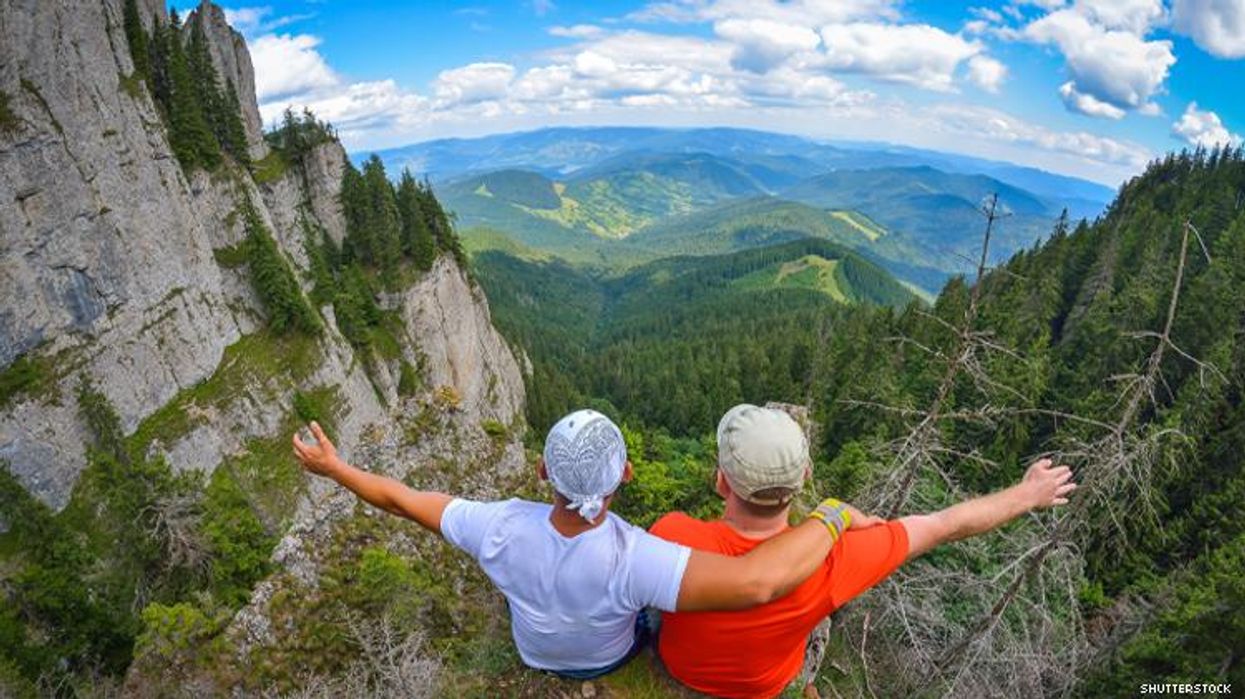
By continuing to use our site, you agree to our Privacy Policy and Terms of Use.

Does wandering around the side of a mountain by yourself with no cell service sound like a good time? For many people, it does! Mountains, meadows, and lakes are so special because they’re naturally beautiful. Exploring the outdoors is an opportunity to see some of nature’s most splendid creations, but it’s also intimidating, potentially dangerous, and even inaccessible.
Nobody wants to run out of water, hang out in a patch of poison ivy, or make the acquaintance of a grizzly bear! But too many people never venture outside city limits because they don’t know where to start or how to adventure safely. But their are benefits to being outdoors for our mental and physical health, especially in these times. Here are helpful tips and tricks to overcome common barriers for new outdoor adventurers to help even novices feel empowered to head onto the trails in a safe, enjoyable way.
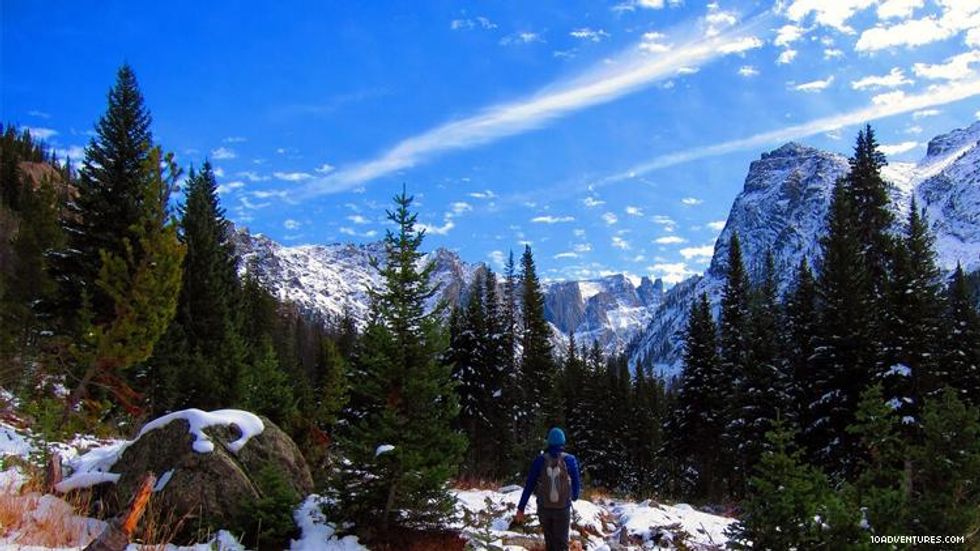
Find Your People
One of the easiest ways to learn about the outdoors is to find someone who already knows! That friend of a friend who’s always posting from the top of a mountain? Send them a message and ask about their favorite hikes. Your uncle who’s big into cross-country skiing? Take him for coffee and pick his brain. People who are passionate about the outdoors are generally thrilled to talk about their experiences, and you can learn more about different activities or even tag along.
If you can’t think of anyone to reach out to directly, try searching online for local outdoor meet-up groups in your area. Plenty of cities have individually-organized groups that are open to those looking to get outdoors with some new people. While meeting up with 10 strangers to go hiking could be outside of your comfort zone, being in a group increases your safety in the backcountry and almost guarantees you’ll be able to learn from more experienced adventurers.
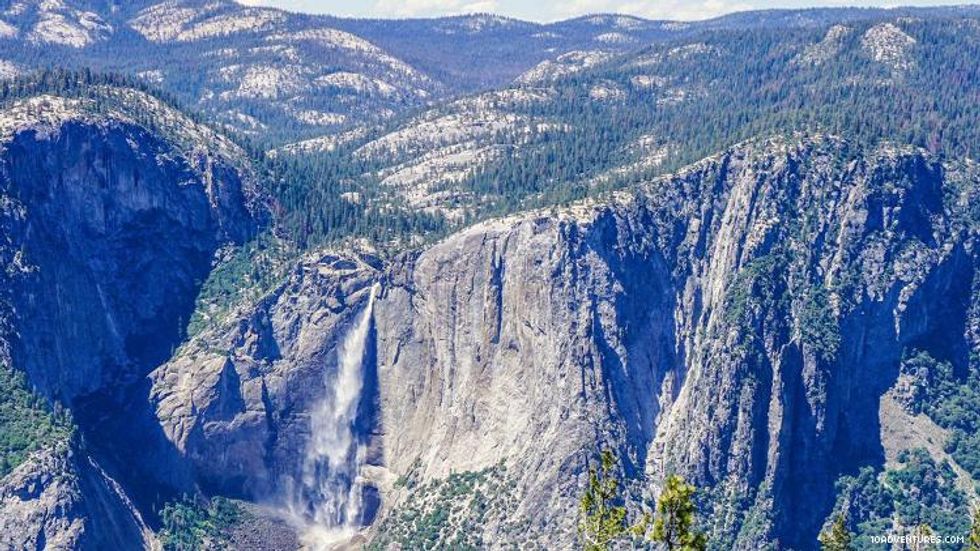
Plan Ahead
A little planning goes a long way when it comes to going into the backcountry, especially if you are a day or more from civilization. So before you venture too far from home, one of the easiest ways to ensure it goes smoothly is to plan ahead! Consider this pre-adventure checklist:
Get into the habit of thoroughly researching your intended trip on a few different outdoor adventure websites (like 10Adventures.com) or guide books. Check trail conditions, read reviews from other people, learn which fork leads to the top and where the stream crossing is. Plan your travel, pack your gear, and know ahead of time what to expect when you’re out. Leave the guesswork out of the outdoors.
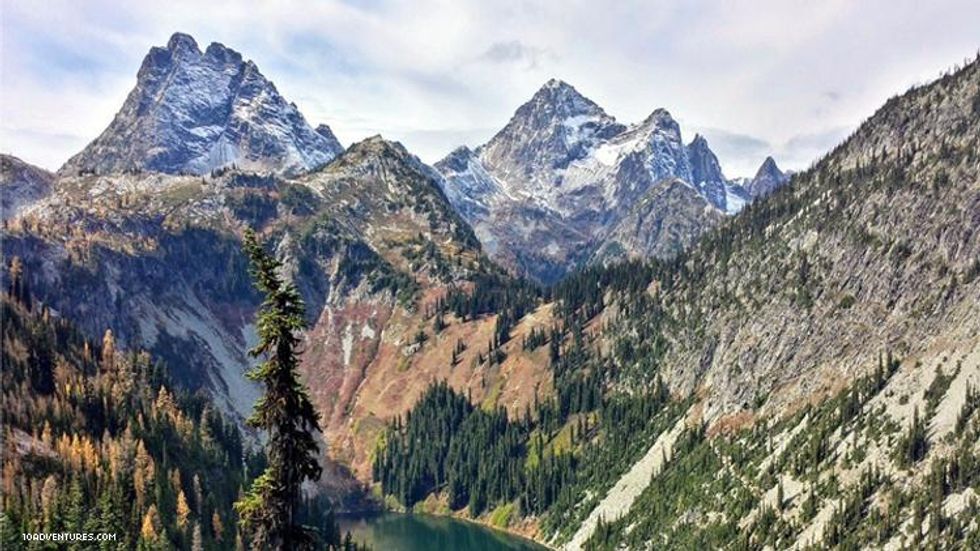
Pack Your Bags!
So you’re heading out for a 4 hour hike that gains 800 feet in elevation. It could rain, you won’t have cell service, and you’ll get hungry along the way. What to pack? What’s in your bag and on your body could make the difference between pleasant and unpleasant at best, or life and death at worst. While what to bring and wear differs based on activity, here’s a very basic list that should cover most day hikes. Remember: short hikes are often more dangerous than long ones because people underestimate the risk and show up unprepared!
Appropriate clothing
Water and Food
Safety Items
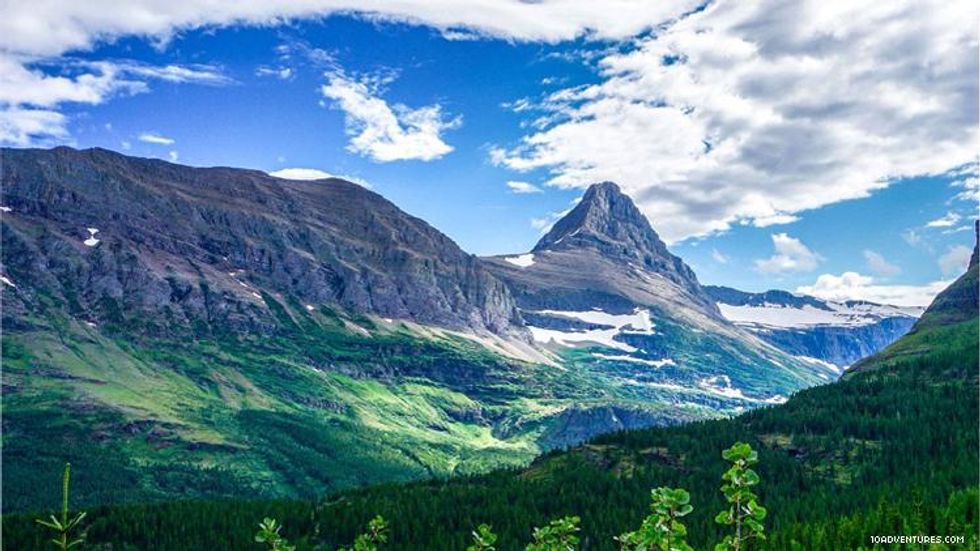
Stay Safe
Any time you venture into the backcountry, you’re putting yourself at risk. Don’t worry just yet! The risk is manageable and mitigable, but it’s important to respect the inherent danger in activities like hiking and know how to reduce the chances of anything unplanned happening. While safety tips can be more comprehensive based on activity, here are some basics.
Try not to go alone
Share your plans
Be smart out there
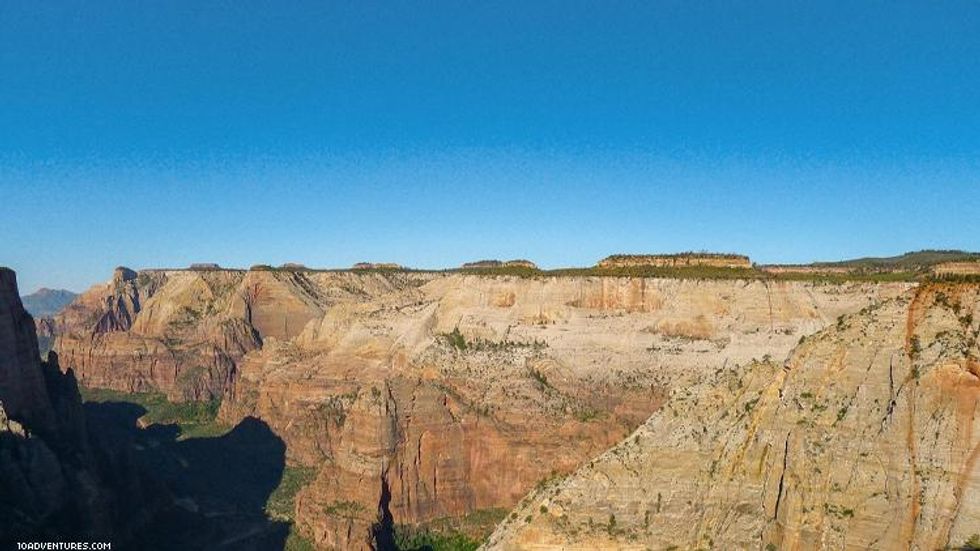
The great outdoors is waiting! Take these tips with you and make the most of your newfound love for outdoor adventures. See you on the trail.
Lukas Saville writes for the outdoor guide site 10Adventures.com.